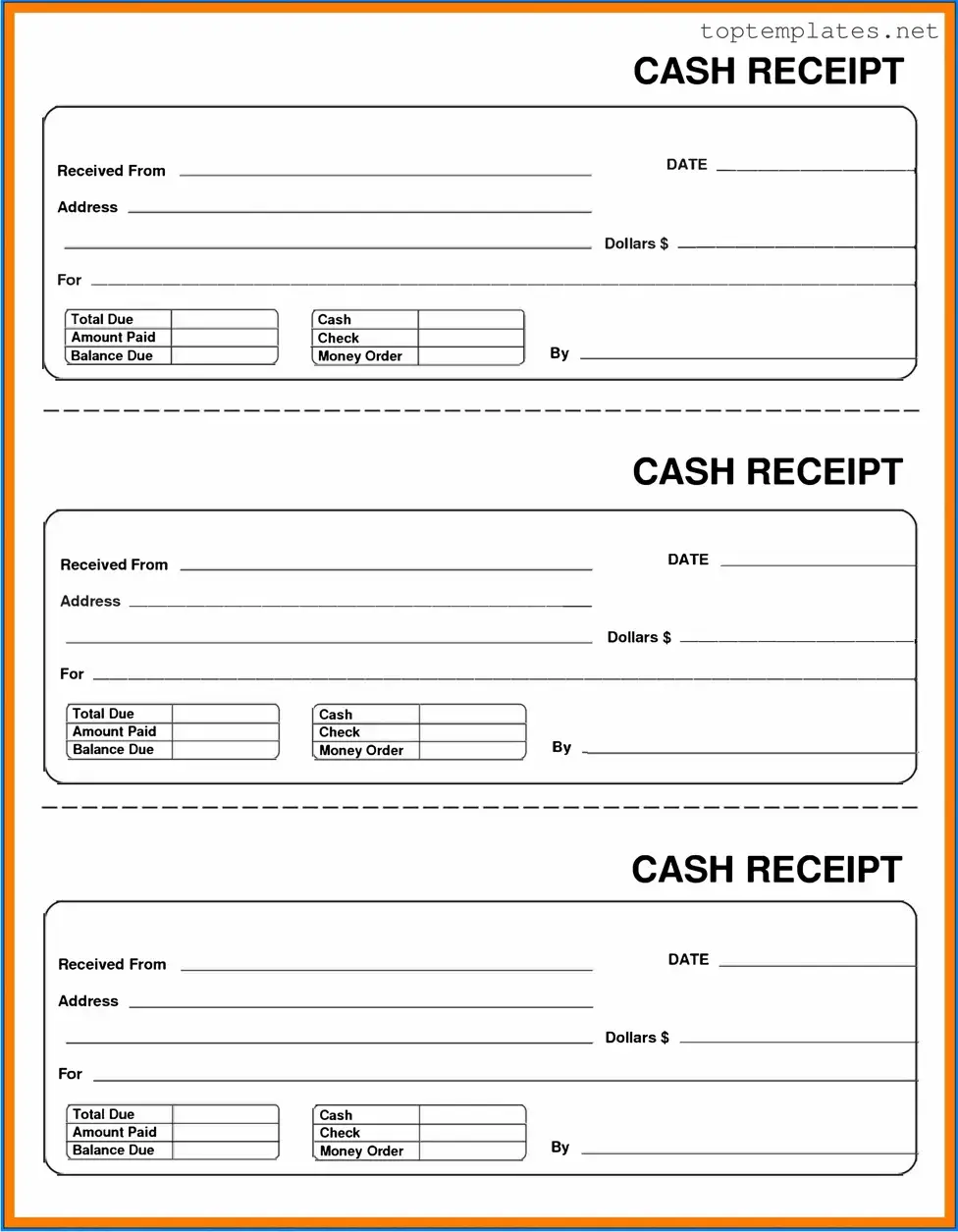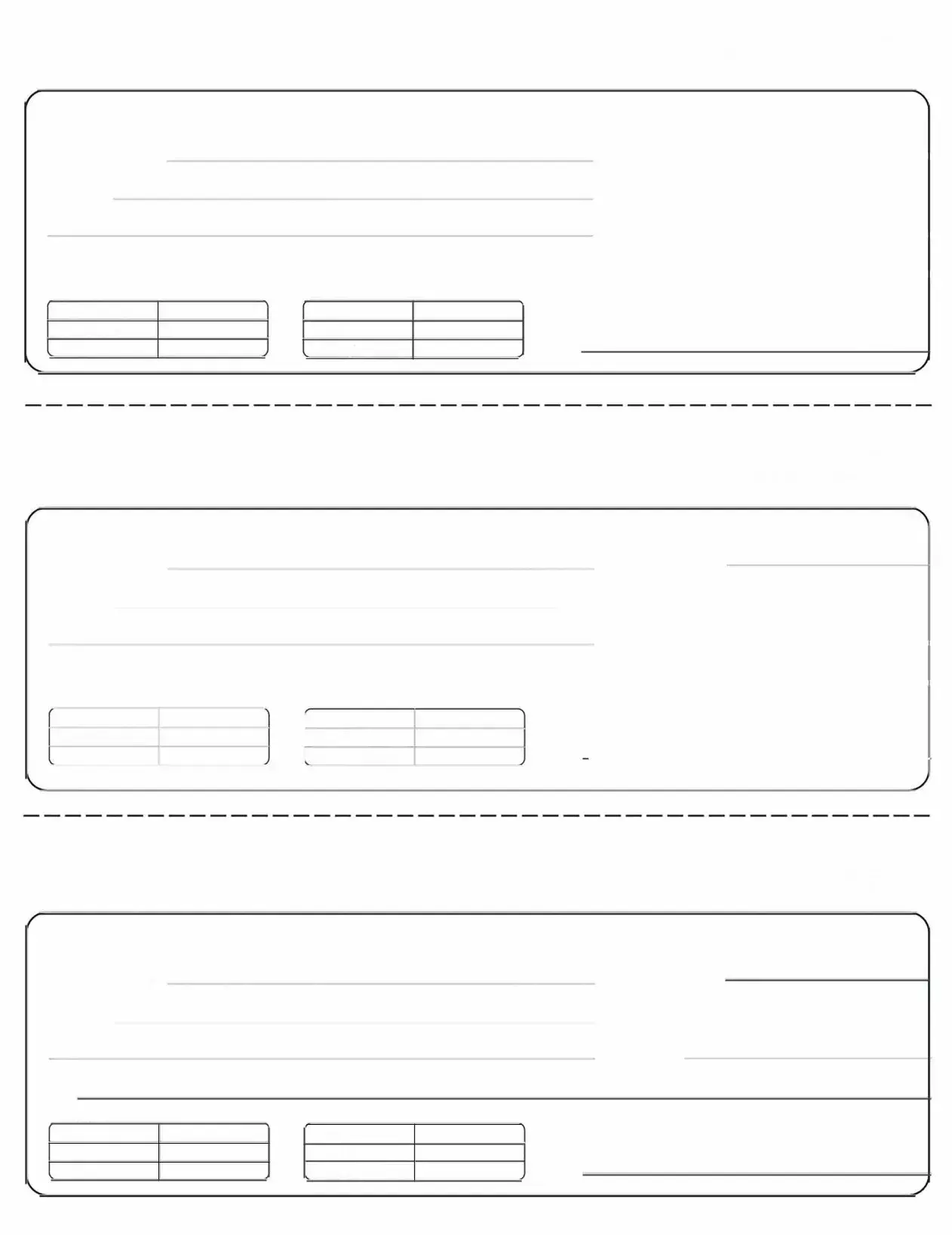What is a Cash Receipt form?
A Cash Receipt form is a document used to acknowledge the receipt of money. It typically details the amount received, the date of the transaction, the source of the payment, and the reason for the payment. This form serves as proof that money has been transferred from one party to another and is essential for managing financial records accurately.
When should I use a Cash Receipt form?
You should use a Cash Receipt form any time you receive cash payments. Whether it's for a sale of goods, provision of services, or any other transaction involving cash, documenting it properly with a Cash Receipt form helps keep your financial records up to date and accurate. It's especially useful for tracking cash flow in small businesses or personal transactions.
What information do I need to include in a Cash Receipt form?
In a Cash Receipt form, you should include the date of the transaction, the amount of money received, the name of the person or entity making the payment, the reason for the payment, and any additional notes related to the transaction. It's also advisable to have a space for the signature of the person acknowledging the receipt of cash.
Who should keep a copy of the Cash Receipt?
Both the giver and the receiver of the cash should keep a copy of the Cash Receipt. This ensures that both parties have a record of the transaction, which can be useful for accounting purposes, resolving disputes, or as evidence in legal matters.
Is it necessary to sign a Cash Receipt form?
Yes, it is highly recommended that the Cash Receipt form be signed by the person receiving the money. This signature acts as verification that the stated amount has indeed been received and is acknowledged by the recipient, adding an extra layer of security to the transaction.
Can I create a Cash Receipt form digitally?
Absolutely. Digital Cash Receipt forms are becoming increasingly popular and offer a convenient and secure way to acknowledge receipt of money. They can be created using various software or online platforms, and they also offer the benefit of being easily stored and retrieved electronically for future reference.
What if I lose a Cash Receipt?
If you lose a Cash Receipt, it's important to try to obtain a duplicate from the other party involved in the transaction. For businesses, maintaining digital copies of all receipts can mitigate the risk of losing physical copies. If a duplicate cannot be obtained, keeping a detailed record of all cash transactions in your accounting software or ledger can provide an alternative reference point.
Are Cash Receipts only for cash transactions?
While Cash Receipt forms are primarily designed for cash transactions, they can be adapted for use with other types of payments, such as checks or electronic transfers, especially in small businesses or informal transactions. The key is to ensure that the form reflects the actual method of payment accurately.

